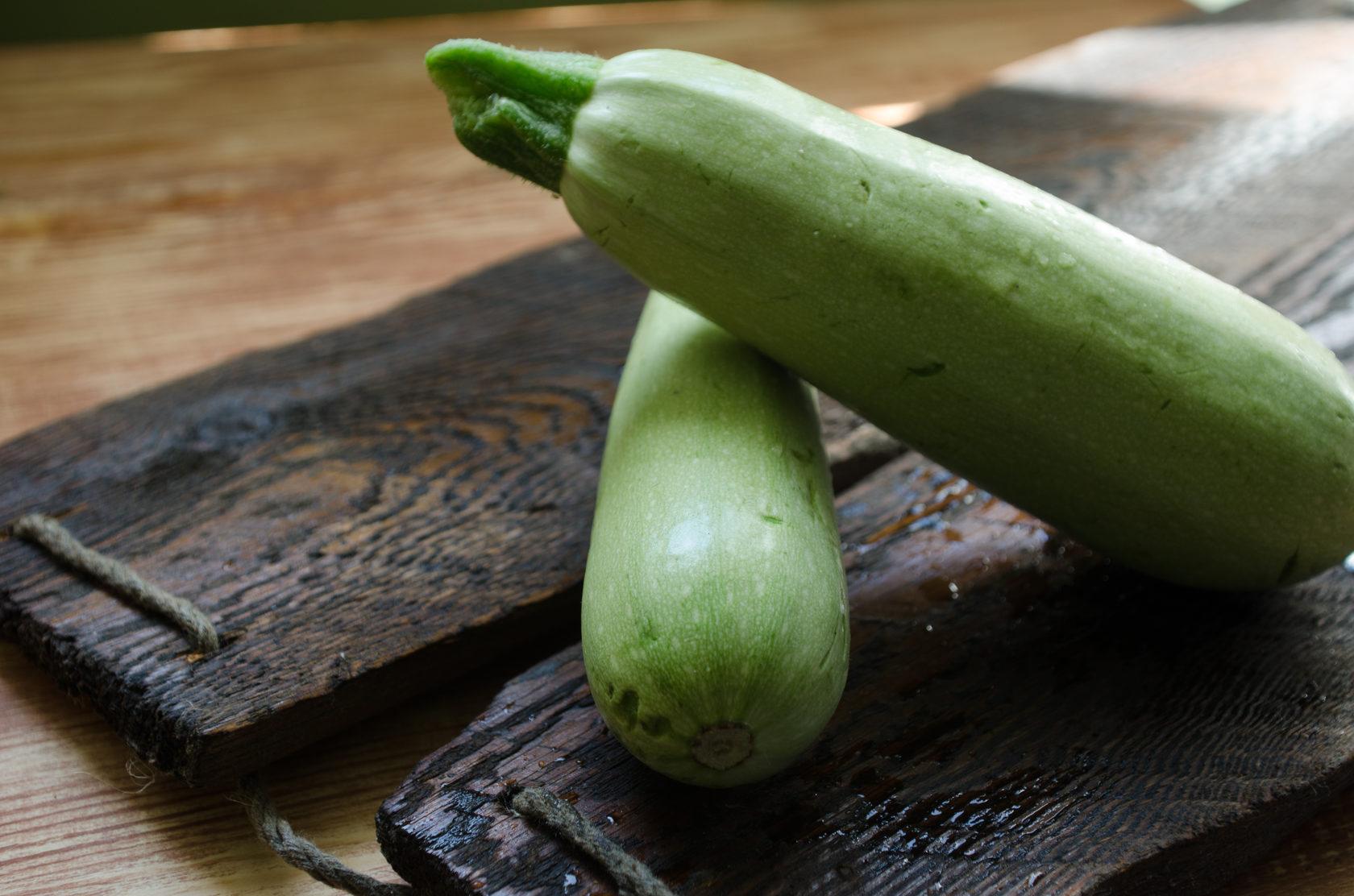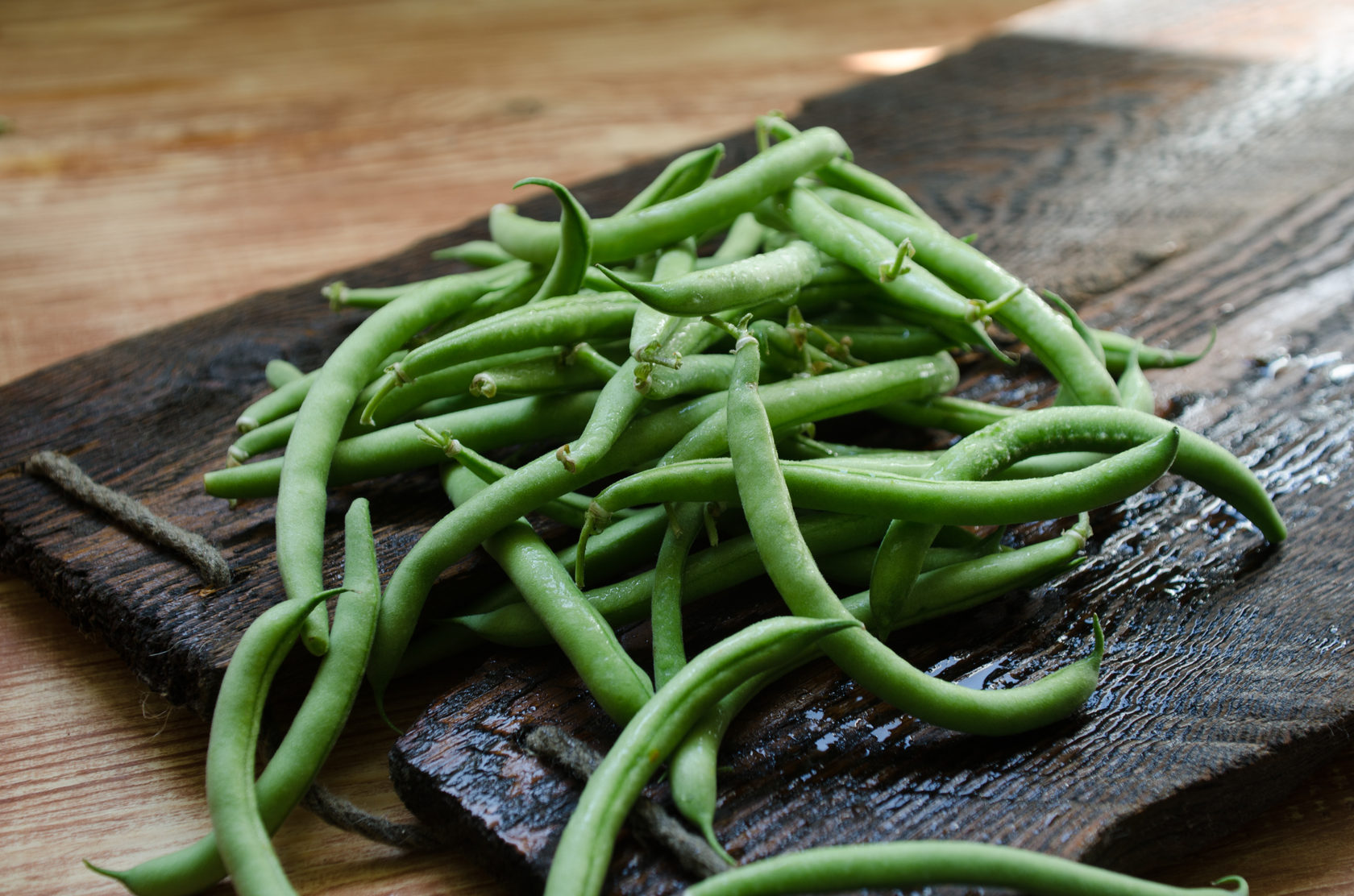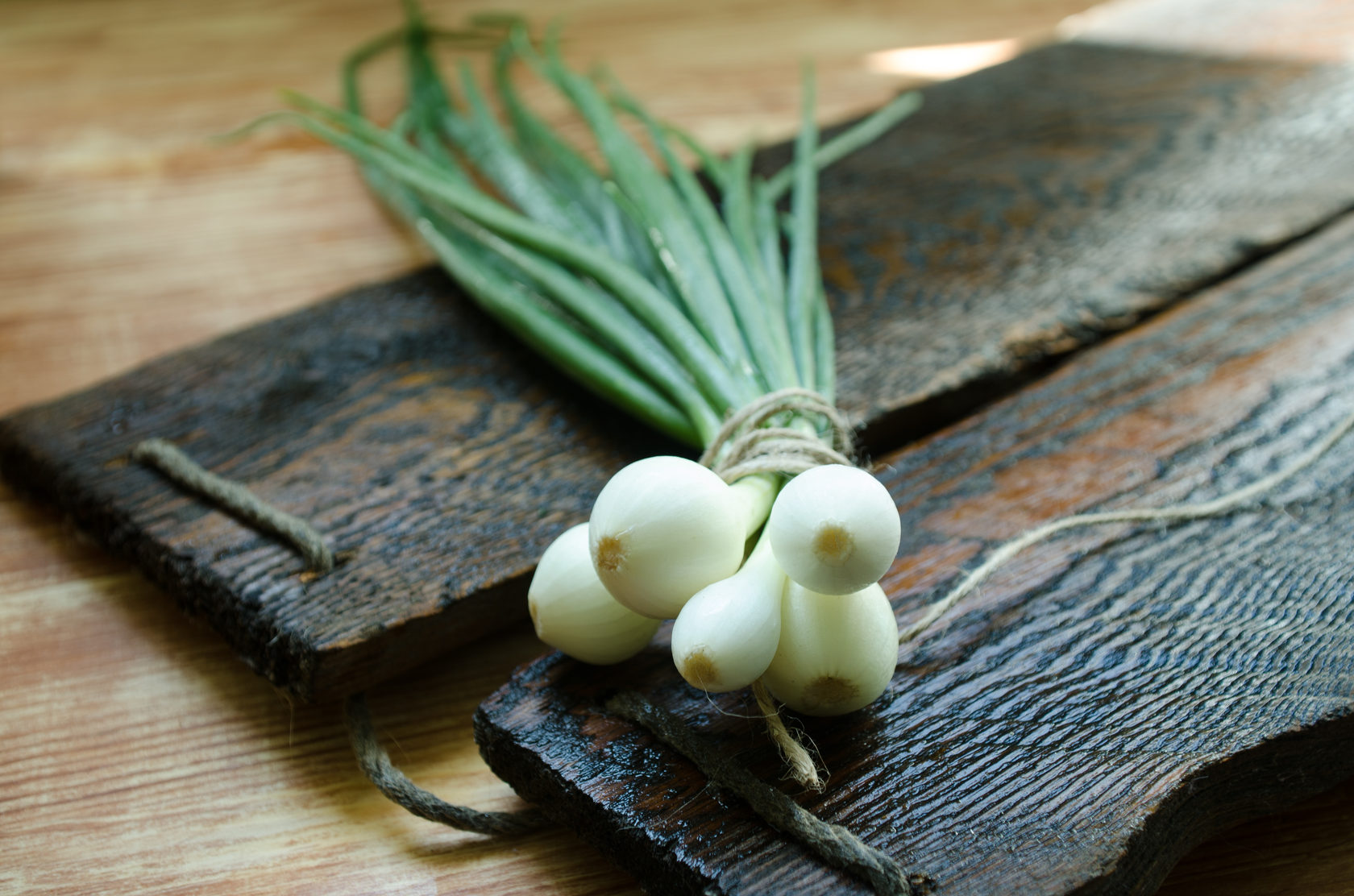Our gastrointestinal tract (GIT) is populated by entire colonies of bacteria, which in a word are called microbiomes. Conventionally, they can be divided into good and bad ones. Balancing each other, they are essential for our body. Bacteria are responsible for regulating the process of food digestion, the assimilation of nutrients and the smooth removal of waste. They protect our organism from harmful effects of the environment, “build” our immune system and support its functioning. Good bacteria synthesize vitamins necessary for our body (vitamins of group B, vitamin K) and butyric acid, which regulates the composition of the microbiome and prevents harmful bacteria from multiplying.
Occasionally, an imbalance arises in the microbiome: bad microorganisms actively displace the good bacteria, clog our bodies with their waste, harm it, prevent the normal functioning and absorption of useful elements. All of the mentioned lead to poor health and malfunctioning of the intestines. These health issues are the result of poor dietary habits: small consumption of fibre, a lot of processed refined foods, pastries, and sugar (in different forms). u
In the fight against bad bacteria, we need to be strict and merciless, trying to “block” all the food channels they inhabit in (sweets, yeast buns, cakes, white flour bread, etc.).
On the other hand, the good bacteria need to be nurtured, cared and cherished. The main source of their nutrition is fibre, which is found in fruits, vegetables, and whole grains.
Another way of helping form a beneficial microbiome is by adding fermented foods to our diet.

What are the benefits of fermented products
These products are produced through a fermentation process when microorganisms or their enzymes break down organic matter in a fresh product.
Mankind has long been familiar with fermentation technology. This processing method has been used for centuries to extend the shelf life of products. The fermented foods include products that are familiar to us since childhood: kefir, sauerkraut, pickles, tea fungus (or nowadays popular kombucha). Generally, anything can be fermented: milk, meat, fish, vegetables, fruits and berries. Even the yeast-free sourdough bread is a product of fermentation.
Fermentation is probably the best type of food preservation, mainly because fermented products are easy to digest. The microorganisms and enzymes increase the nutritional value of products, enrich them with vitamins, organic acids and probiotics.
Fermented products are not only good for our gut. They also add a whole new palate of tastes!
Three reasons to add fermented products to our diet
- As prebiotics, they nourish our beneficial microflora; as probiotics, they add new good bacteria.
- They are good for intestinal health: support the integrity of its walls, unhindered assimilation of nutrients and easy waste disposal.
- The consumption of a couple of tablespoons of fermented foods daily significantly boosts the immune system at any time of the year.
!Attention!
Pay special attention to the labels before purchasing fermented products. To increase the shelf life of the product, often manufacturers add dubious additives (vinegar, sugar, acids, preservatives) that destroy the microorganisms that are beneficial for our intestines. Additionally, the purchased products always contain more salt.

How to ferment products at home?
Many products that we use daily, can be made more useful and healthier through the process of fermentation.
The fermentation of vegetables is called pickling, which is associated with the activity of lactic acid microorganisms.
Which products can be fermented
1. Vegetables
Cruciferous vegetables: all types of cabbage, from white and red, to broccoli and cauliflower.
Starchy vegetables: carrots, beets.
Other vegetables: garlic, onions, leeks, bell peppers, aubergines, tomatoes, cucumbers, green beans.
2. Fruits and berries
Apples, pears, watermelon, all types of cherries.
3. Herbs.
Ramsons, garlic shoots, asparagus, purslane, beet greens, celery, hogweed.
Tips:
! It is essential for the cook to work with clean hands and use sterilized dishes and cutlery.
! The fermentation process should be done in the absence of oxygen. Therefore, the vegetables need to be condensed and crushed a bit. The surface of vegetables should always be covered with liquid (juice or brine).
A simple recipe to pickle cabbage, without sugar and vinegar

This type of non-salt fermenting can be kept in the fridge for a couple of months. The shelf life of the product can be increased by adding salt.
A recipe to pickle cucumbers with seasoning and without vinegar

Unlike the canned pickles, these healthy pickled vegetables cannot be kept for years. The shelf life of the pickled cucumbers is a couple of months.
Summer is the best time of the year to enjoy freshly picked fruits, vegetables, berries and herbs. Many housewives have already started preparing goodies for winter. We are used to having tasty canned products during the cold season. Let us try to diversify our ration together! The list of products that can be pickled is very large and each family member, including the children, can choose whatever they like.
Remember not to get carried away!
More is not always better. It is important to be moderate, even when consuming healthy food. Try to keep your diet balanced and diverse, add no more than 3-4 tablespoon of pickles daily. Fermented products provoke the production of gastric juice; therefore, they are not recommended to people suffering from high acidity or ulcer disease. Individual intolerance is another issue to keep in mind.
